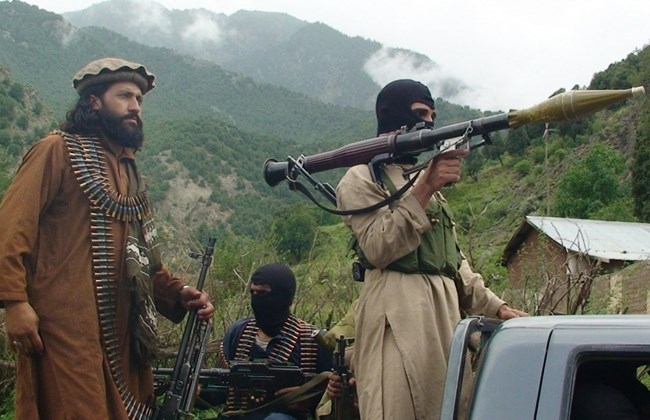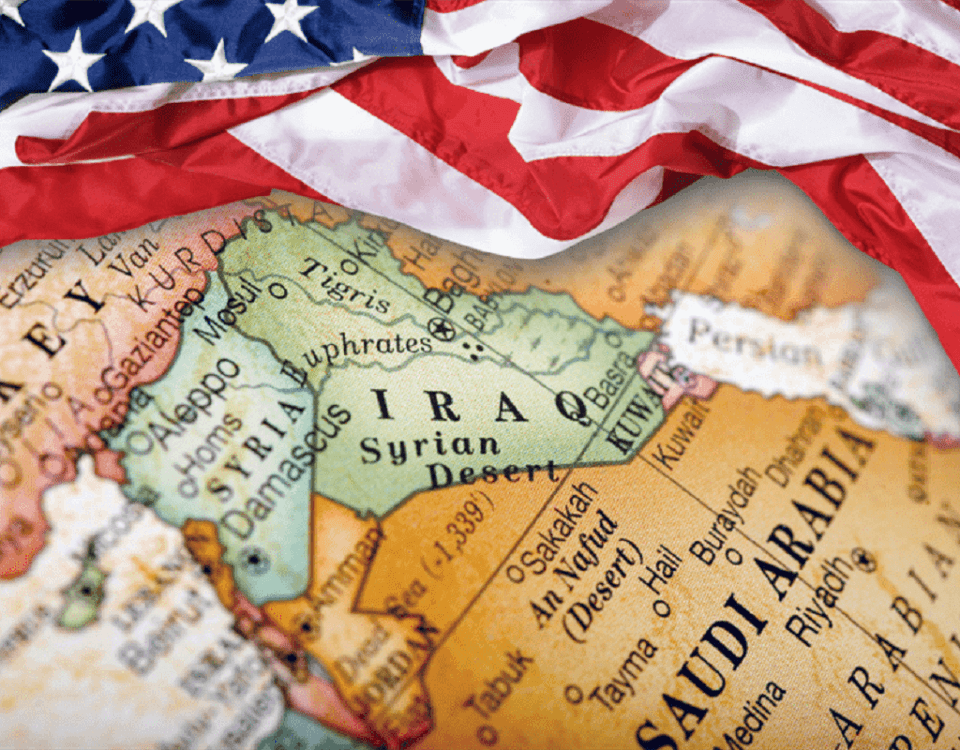
Muslims in India: A Slow Erosion of History, Representation, Art and Culture
October 30, 2017
US renews call for steps against ‘externally focused terrorists’
January 17, 2018
The Islamic State, commonly known by its Arabic acronym ‘Daesh’ suffered a string of defeats in the Middle East and elsewhere in last few months, triggering a debate about the future of the militant group which has emerged as the most brutal symbol of terror in the world in recent years.
In October, after a fierce four-month battle, the U.S.-backed opposition forces declared victory in Raqqa, the seat of Daesh “Caliphate” in Syria by raising white flags in the war-battered city.
The fall of Raqqa was the biggest defeat for Daesh since it was pushed out of Mosul, its de facto capital in Iraq, a few months back.
While the fierce militia was still reeling from its lightning defeats in the Middle East, the Philippines security forces announced that they have driven the Daesh-linked militants from their southern stronghold of Marawi after a tough battle lasting for four months.
Though the group still holds some pockets in the Iraq and Syria yet the caliphate its leader Abu Bakr al Baghdadi established in parts of these countries three years ago has all but vanished.
The quick reversals of the territorial gains made by Daesh in the Middle East and Southeast Asia were as stunning as its mysterious rise in 2014 but it is too early to declare the death of the dreaded group.
Given the diversity of its ideologically motivated fighters, the group has the potential to re-emerge as a formidable force within the Middle East or open more war fronts elsewhere in the world.
The reconstruction of the newly liberated towns and cities in Iraq and Syria is a major challenge for the international community to stop Daesh from staging a comeback in the Middle East but the efforts to stop its battle-hardened militants to set up its bases elsewhere in the world is much more challenging.
Even before its defeats in the Middle East, the Daesh had set up sleeper cells in the West and has staged audacious attacks across Europe which showed it has spread its tentacles deep into these societies long before.
There is a possibility that the group might activate its cells to launch big reprisal attacks in the West to avenge its humiliating reversals in the Middle East.
It does not necessarily need to launch any contact campaign to recruit new fighters. Its propaganda campaign through social media has become such an effective tool that it could inspire and motivate young people to join its militant cause even without getting in touch with them.
Since defeat of Daesh in Iraq and Syria, hundreds of its European fighters have returned to their native countries in recent years posing a serious security risk to these countries but many more war veterans are feared to be heading towards other volatile regions to continue their fight.
Afghanistan offers one of the most attractive destinations for Daesh fighters returning from the Middle East to regroup and reorganize as they already hold large swathes of territory in the war-torn country..
Afghan politicians as well as U.S. experts still consider Taliban as the biggest threat to their country but Daesh too is emerging as a serious security risk for the poor nation.
Just months after Donald Trump was sworn in as U.S. president, U.S. military dropped “mother of all bombs” on IS bases in eastern Afghanistan, killing scores of its fighters and in June the U.S. forces killed Daesh Afghanistan head AQbu Sayed in a strike but these setbacks did not dampen the morale of the militant group.
The recent spate of big attacks claimed by the IS in Afghanistan show that the militant group is a force to be reckoned with.
With political reconciliation in Afghanistan still a far cry, the emergence of Daesh phenomenon could complicate the war on terror for the U.S.-led forces battling a stubborn insurgency by the Taliban who hold around 40 percent of the country’s territory.
A large number of Taliban fighters went to Syria and many may have joined the Daesh ranks and their return to Afghanistan would further aggravate security situation in Afghanistan.
There is also possibility of Afghanistan plunging into a sectarian war as a large number of ethnic Shi’ite Hazaras from Afghanistan have gone to Syria to fight Daesh.
Though Daesh could not find foothold in Pakistan but there could be many sympathisers for the terror group in the country which was evident from some of the major attacks claimed by it in the country.
Moreover, there is a high risk of educated youth being motivated by the terror group through their sophisticated propaganda machine as happened in case of medical student Noreen Leghari.
In view of these developments, it is all the important for Afghanistan and Pakistan to
to forge a close cooperation to confront the emerging Daesh threat in the region.
During his first visit to Kabul as army chief in June, General Qamar Bajwa very rightly offered “security cooperation” to the Afghan government to contain the brewing Daesh threat in the country.
Because if they fail to nip the Daesh evil in the bud, the terror-stricken countries run the risk of facing another bout of instability and a more complicated conflict in the region.

Writer
Zeeshan HaiderZeeshan Haider is a senior journalist. He has written and reported for several newspapers and media outlets including The Muslims, Chinese Xinhua news agency, Singapore Strait Times, Reuters and many other national and international newspapers. He is based in Islamabad and can be reached at email: zeeshan.haider14@gmail.com






